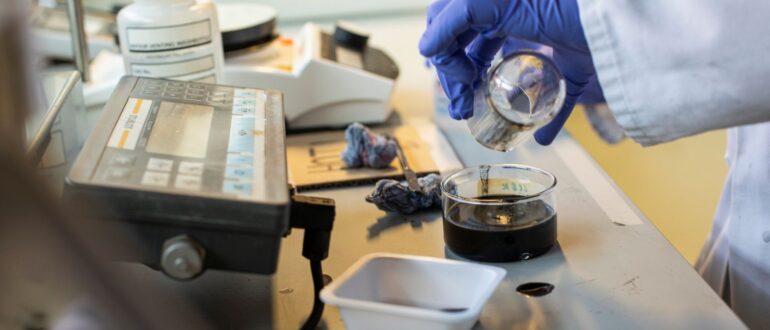The Faraday Institution Blog
We are delighted to launch the Faraday Pathways campaign. #FaradayPathways showcases the career success of talented individuals throughout our community…
Commits a further £29m to battery research in: extending battery life, battery modelling, recycling and reuse, safety, solid-state batteries and lithium-sulfur batteries
We welcome co-investigators who were awarded new work topics via the competitive process as part of the reshaping of six major battery research projects
We spoke to Chun (Ann) Huang, Alastair Hales and Ferran Brosa Planella to find out how their involvement in our community helped them take a step up to Co-Investigator.
“The Role of Hydrogen and Batteries in Delivering Net Zero in the UK by 2050” analysed in new report
The Faraday Institution has published a report analysing how hydrogen and battery technologies are likely to be used in different sectors within the UK, including transportation, manufacturing, the built environment, and power sectors, to 2050.






